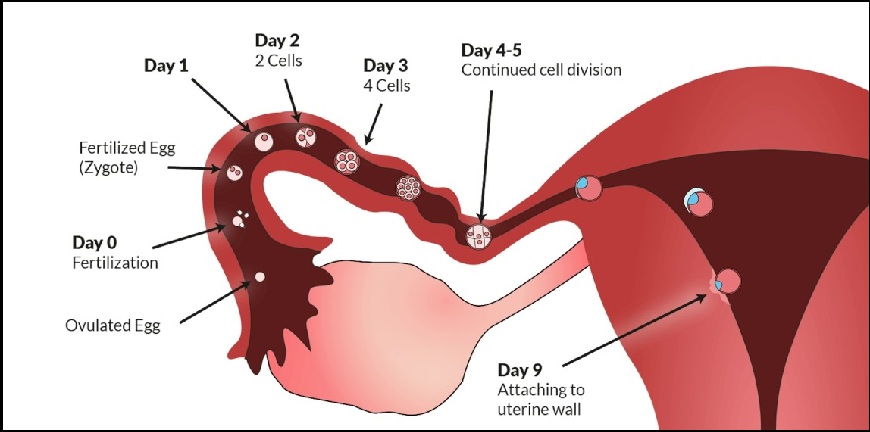A fallopian tube blockage typically prevents successful passage of the egg to the sperm, or the fertilized egg to the uterus. Surgery can be used to try to correct this common cause of infertility. The specific type of surgery depends on the location and extent of the fallopian tube blockage.
Some tubal procedures can be done using microsurgical techniques, either during open abdominal surgery or using laparoscopy through a small incision. The surgeon must have special training and expertise in microsurgery techniques and/or laparoscopy. This general overview describes the most common tubal procedures.
Tubal reanastomosis typically is used to reverse a tubal ligation or to repair a portion of the fallopian tube damaged by disease. The blocked or diseased portion of the tube is removed, and the two healthy ends of the tube are then joined. This procedure usually is done through an abdominal incision (laparotomy), but some specialists can do this procedure using laparoscopy.
Salpingectomy, or removal of part of a fallopian tube, is done to improve in vitro fertilization (IVF) success when a tube has developed a buildup of fluid (hydrosalpinx). Hydrosalpinx makes it half as likely that an IVF procedure will succeed.1 Salpingectomy is preferred over salpingostomy for treating a hydrosalpinx before IVF.
Salpingostomy is done when the end of the fallopian tube is blocked by a buildup of fluid (hydrosalpinx). This procedure creates a new opening in the part of the tube closest to the ovary. But it is common for scar tissue to regrow after a salpingostomy, reblocking the tube.
Fimbrioplasty may be done when the part of the tube closest to the ovary is partially blocked or has scar tissue, preventing normal egg pickup. This procedure rebuilds the fringed ends of the fallopian tube.
For a tubal blockage next to the uterus, a nonsurgical procedure called selective tubal cannulation is the first treatment of choice. Using fluoroscopy or hysteroscopy to guide the instruments, a doctor inserts a catheter, or cannula, through the cervix and the uterus and into the fallopian tube.
What To Expect After Surgery
After open abdominal surgery, there usually is a 2- to 3-day hospital stay. Antibiotics may be given to prevent infection. A woman usually can return to work in 4 to 6 weeks, depending on the extent of surgery, the nature of her work, and her overall health and stamina.
After laparoscopic surgery, there is a brief hospital stay. A woman's return to daily activities can take a few days to a couple of weeks, depending on the type of procedure.
Why It Is Done
Fallopian tube surgery may be done if:
How Well It Works
The success of a fallopian tube procedure depends in part on the location and extent of the blockage, as well as the presence or absence of other fertility problems.
The success of a sterilization reversal is influenced by the tubal ligation method used, by how recently the tubal ligation was done, and by the woman's age-related fertility.
Other conditions that affect the success of surgery include not only whether the woman has scar tissue (adhesions) in her pelvis and whether she has other diseases in the pelvic area but also the surgeon's level of skill and experience.
Risks
Risks of fallopian tube surgery include:
Recovery after fibroid removal:-
Immediate post-operative recovery involves an average of two days in hospital. A fifth of patients can go home late the next day after surgery, and about 80% patients are home in two days. Patients are welcome to rest in hospital for as long as they need to. One in five patients will only need tablets and not injections for postoperative pain relief. If injections are required about two are needed on average. Patients will be given as much pain relief as they request to make sure they are comfortable. A low-grade temperature is common in the first few days after surgery. The first few days at home should be taken very easily. The patient should have someone to help. Plenty of rest and fluids are advisable. Exercise your calf muscles to prevent clots. Oral pain relief such as Panadeine or Panadol may be needed, especially at night. Graded recovery over the next few weeks will occur. Gentle increasing exercise is helpful. Driving is permissible. Expect to tire easily. Bowel discomfort and some cramps are common. Return to normal activity occurs at about 2-3 weeks for many patients. All patients should individually assess their recovery rate. Some may need more time off work than others and certificates will always be provided. It is important not to have sexual intercourse for six weeks after the operation.
